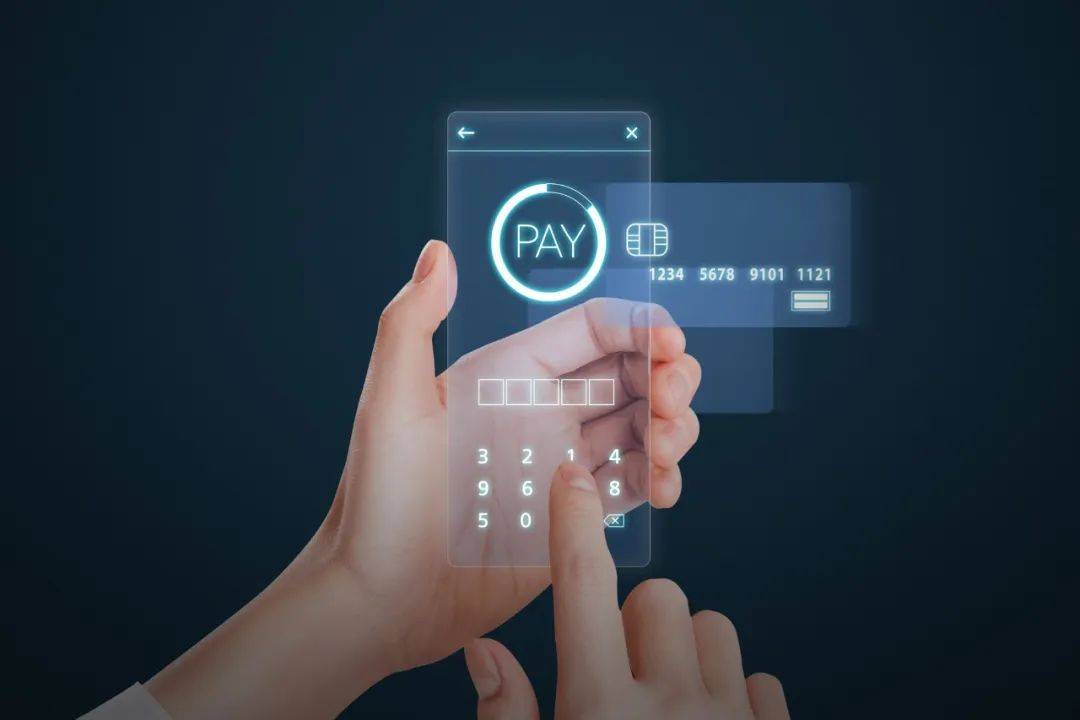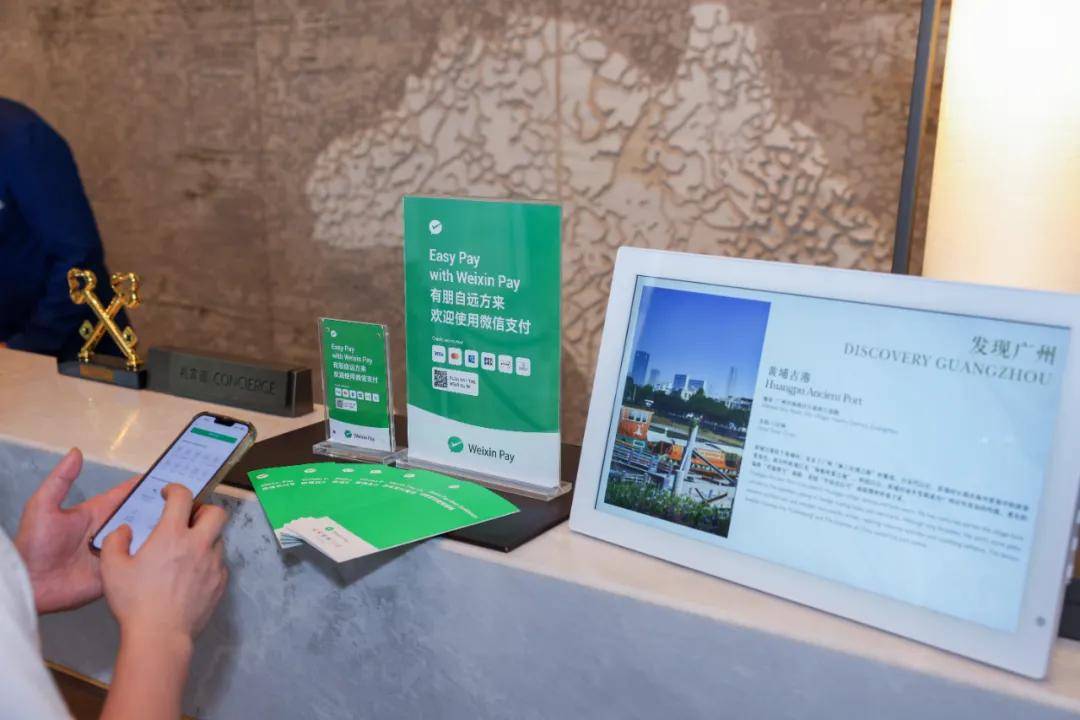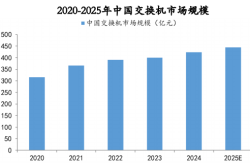"Chinese-style" Payment: Exploration and Breakthrough from 0 to 1
![]() 07/19 2024
07/19 2024
![]() 557
557

Produced by | Bullet Finance
Art Design | Qianqian
Audited by | Songwen
"I think mobile payment is very convenient in China. I don't need to carry cash. I can do a lot of things with mobile payment." Diego, who comes from Italy, opened a restaurant in Shenzhen. He also specially printed out the guide for foreign card binding, so that foreign customers who come to the restaurant can complete card binding and payment with just a few simple steps.
"There are also QR codes on the tables in my restaurant. Guests can scan to order and pay. I think this is very convenient, and now many foreigners have gotten used to this practice," said Diego.
Indeed, in China, "traveling around China with just a mobile phone" has become an amazing experience for foreigners. However, few people know that behind this experience is the result of joint efforts by commercial banks, payment institutions, and other parties under the guidance of the competent authorities.
1. "From 0 to 1" Breakthrough
As China has concluded visa exemption agreements with more than 150 countries worldwide, more and more foreigners are visiting China. But they encounter a thorny problem: the mobile payment widely used domestically differs from the payment methods such as bank cards and cash that foreigners are accustomed to, causing inconvenience in payment.
In fact, this has long attracted the attention of the national level. In 2023, the State Council and the National Development and Reform Commission successively issued guidance opinions, clearly stating that domestic payment service institutions are encouraged to cooperate with overseas card issuing institutions to provide mobile payment services for foreign tourists under the premise of compliance with laws and regulations.
In March of this year, the General Office of the State Council issued the "Opinions on Further Optimizing Payment Services and Enhancing Payment Convenience", proposing to further improve the convenience of mobile payments. At the same time, it provided guidance on a series of convenience measures introduced by payment institutions.
With strong support and regulatory guidance at the national level, as well as the concerted efforts of multiple parties, Industrial and Commercial Bank of China (ICBC) and Tencent's Tenpay jointly explored and made breakthroughs.
This story began more than a year ago.
Driven by joint efforts from all parties, WeChat Pay's foreign card service was comprehensively upgraded in July last year. After foreign users bind their foreign cards to WeChat Pay, they can use mobile payments at most merchants in China.

From receiving approval to official launch, it took less than two months.
Liu Kai, the product manager of the Bank Card Center of ICBC Shenzhen Branch, has deep feelings about this: "We spent about half a year or even longer preparing for this matter in the early stage."
The difficulty lies in the need for synchronization and coordination among multiple institutions. From the initial idea to a finalized plan that can pass regulatory approval and be accepted by all parties involved, to the team starting to implement system integration, development, and launch, step by step, the pressure increases as we move forward.
On the surface, it seems that users just need to "scan and pay," which looks very simple, but it means a lot of complex work.
The first challenge to overcome is the transformation of the payment link. Peng Jiankeng, the product head of Tenpay's payment channel, made a metaphor: "The simpler the front end, the more complex the back end. A web search engine is just a box, but it's actually very complex behind the scenes. Payment is similar. The more convenient it is for users, the more complex the back-end work becomes."
How is a WeChat Pay transaction completed? For example, from the user to Tenpay, the middle of Tenpay includes UnionPay, the payment gateway, and then to the card organization, and finally to the issuing bank, with multiple links in between.
The differences in payment environments between China and foreign countries make it more difficult to overcome this challenge.
To the team's relief, with each payment completed by users, it confirms that the efforts of hundreds of people have achieved the preset goal.
After the launch, the first test was the hosting of major events such as the Universiade. While ensuring service stability, service also needed to be effectively guaranteed. Under the unified arrangement of ICBC Headquarters, ICBC Shenzhen Branch also worked with branches in other regions to make precise deployments and arrangements.
Ding Yu, the senior manager of bank cooperation at Tenpay, explained that in order to meet the first challenge, the Tenpay and ICBC teams worked backwards from the deadline to make plans, including channel launch and on-site preparations, among other tasks.
Simply put, the reason for safeguarding these major events is to avoid giving users the feeling that "even buying a bottle of water is inconvenient."
One incident during the Universiade that Ding Yu still remembers vividly is this:
It was a sultry afternoon when suddenly a downpour came. A foreign uncle took a taxi to the venue entrance. When it came time to pay, he only had cash, and the driver didn't have change, so the uncle was very anxious. At that time, a volunteer from Tenpay helped him pay the fare immediately and told him how to bind his bank card and use WeChat Pay.
This was an ordinary service process. But the next day, the uncle brought a box of milk bought with WeChat Pay to the volunteer booth. Afraid that the volunteer wouldn't accept it, he put it down and ran away. This deeply moved the staff and volunteers, and they were proud to be able to help as many people as possible solve payment problems.
After various assessments, the team continued to move into the second and third phases, gradually increasing the business volume.
Its influence is also growing day by day. ICBC Shenzhen Branch has received recognition and praise from local regulators, ICBC Headquarters, and various parties for its efforts to improve the payment experience for foreigners visiting China.
2. Face-to-face Service at the Frontline
After the product launch, user feedback also came in: "Can the experience of 'binding foreign cards domestically' be simpler?"
The international standard process related to foreign cards requires a certain adaptation process, especially in the identity verification step, where users need to submit a lot of information. After browsing a large amount of user research, user feedback, China travel guides, and other materials, the team found that foreigners have doubts when encountering card binding and information submission for bank verification: Will it involve information leakage? Why can't the process be more simplified?
Based on this, under the guidance of the People's Bank of China and the Shenzhen Branch, as well as the State Administration of Foreign Exchange and the Shenzhen Branch, Tenpay, in conjunction with domestic and foreign card binding, writing, and language habits, set out to optimize the card binding process and launched "small-amount" and "large-amount" payment services to improve the success rate of card binding and payments.
The "small-amount" payment solution allows users to open WeChat Pay within a limit of $2,000 by simply providing their card number, expiration date, CVV, and other information.
Compared to "small-amount" payments, "large-amount" payments have higher requirements and require users to submit more detailed information.
Peng Jiankeng explained that the relevant materials submitted by "large-amount" users need to be manually reviewed, which takes a longer time. To facilitate users to quickly open accounts, Tenpay specially established a special task force. All team members were locked in a "dark room" for three months, with product research, risk control, and YouTu Lab team members working together in a closed and centralized manner to solve problems on the spot immediately.
The team developed a self-researched passport machine review link and leveraged YouTu's "end-to-end multi-modal large model" to significantly improve the efficiency of automatic passport recognition and review while protecting user privacy and data security.
After users submit their identity information, the large model recognizes the photocopy information through modules such as image encoding, task encoding, information extraction, and compliance determination, and then further conducts information verification and risk identification. The account opening time, which may have initially taken an hour, can now be done in seconds for some users, and the user coverage is being expanded in an orderly and gradual manner.
Peng Jiankeng is accustomed to considering problems from the user's perspective. "When a foreigner comes to our country, they may not speak the language and may not understand our domestic payment environment. Even if they get through to the customer service hotline, they may not be able to clearly explain what the problem is. But we have an internal mechanism that pursues zero customer complaints."
For this reason, the Tenpay team examines every customer complaint every day, one by one, and resolves these issues at weekly meetings. "Many of them are actually small issues, but we want to solve every detail," he said.
"Face-to-face feeling the needs of users and then finding ways to help them solve problems is one of the most effective ways," said Dai Haiyong, the head of foreign exchange business at Tenpay. Serving foreigners with technological products is a process of continuously segmenting groups with special needs.
When the team encounters scenarios of serving foreigners offline, it advises everyone involved in product development and the project to go to the front line for face-to-face service as much as possible. "For example, the optimization of registration and card binding processes was actually discovered through these processes," Dai Haiyong added.

Due to the effective balance between risk and convenience in "binding foreign cards domestically," the transaction volume through WeChat Pay has increased rapidly this year, and many "small-amount verification-free" customers have expressed their willingness to submit complete information to increase their limits to $50,000 per year.
3. Building a Bridge of Communication with Merchants
Another key point of "Chinese-style payment" lies in expanding merchants.
At the very beginning, merchants were unfamiliar with "foreign cards." As the acquiring bank for many merchants, ICBC naturally became their first choice for answers.
Liu Xinhong, the product manager of the Bank Card Center of ICBC Shenzhen Branch, said that at that time, she often received many inquiries from merchants: "Manager Liu, what is a foreign card? Can my code receive foreign cards?"
To this end, the ICBC team not only provided detailed explanations to merchants but also worked with Tenpay to create many small guides to help merchants understand how to identify foreign cards and how to teach foreign friends to bind cards and operate.
The work related to merchants is not easy, requiring not only patient and meticulous communication but also a lot of testing.
Although the testing process was hectic, it was also equivalent to helping merchants learn to handle and respond to similar problems in advance. In this way, the ICBC team built a very effective platform for training, communication, and exchange between itself and merchants, receiving recognition and praise from merchants.
Liu Xinhong recalled that once during a foreign card payment training session held at the airport, the focus was on merchants at the arrival level, teaching them how to swipe foreign cards and how to guide foreigners to pay by scanning WeChat QR codes.
"When we were having lunch at a shop, the big brother there greeted us very warmly and said that the fries were delicious today and offered us a free serving. At that time, I was very moved and felt that our work was recognized by everyone," she said.
"The significance of what we are doing lies in the fact that merchants no longer feel afraid when they encounter foreigners and don't need to worry about how they will pay or guide them with broken English. They can easily see the relevant manuals and scan the QR code to pay directly," Liu Xinhong said. "Merchants feel convenient, so their gratitude to us is also very sincere."
4. Expanding the Breadth of Payment Convenience
The process of a foreigner conveniently using WeChat Pay in China seems simple, but it means a lot of complex work. However, in the view of all parties, there is still a lot of work to be done in improving user experience and bringing more convenience to users.

For example, can a plan be formulated to improve the payment experience for foreigners visiting China? In this plan, WeChat's "binding foreign cards domestically" is just one of the payment methods. Are there more payment options, such as providing solutions that do not require card binding for users who do not want to bind cards, realizing "instant recharge and use," and taking the experience to the next level?
Or, can both teams establish a larger open ecosystem to support the localized access of more foreign electronic wallets, thereby realizing interconnection and interoperability in the field of electronic payments?
Furthermore, how can AI or other more advanced methods be used to enable customer service to quickly help users solve problems in the first instance?
A series of questions await consideration and exploration by all parties. It can be foreseen that more and more new payment initiatives will be implemented, payment services will become more user-friendly, and payment convenience will become more extensive.
This has a special meaning. As one expert said, the continuous improvement of foreigners' payment experience in China not only reflects China's high-level opening up but also allows foreign friends to fully feel the warmth of a more open country through continuous refinement of details and experience.
*The featured image in this article is from Shutterstock, based on the VRF agreement.








